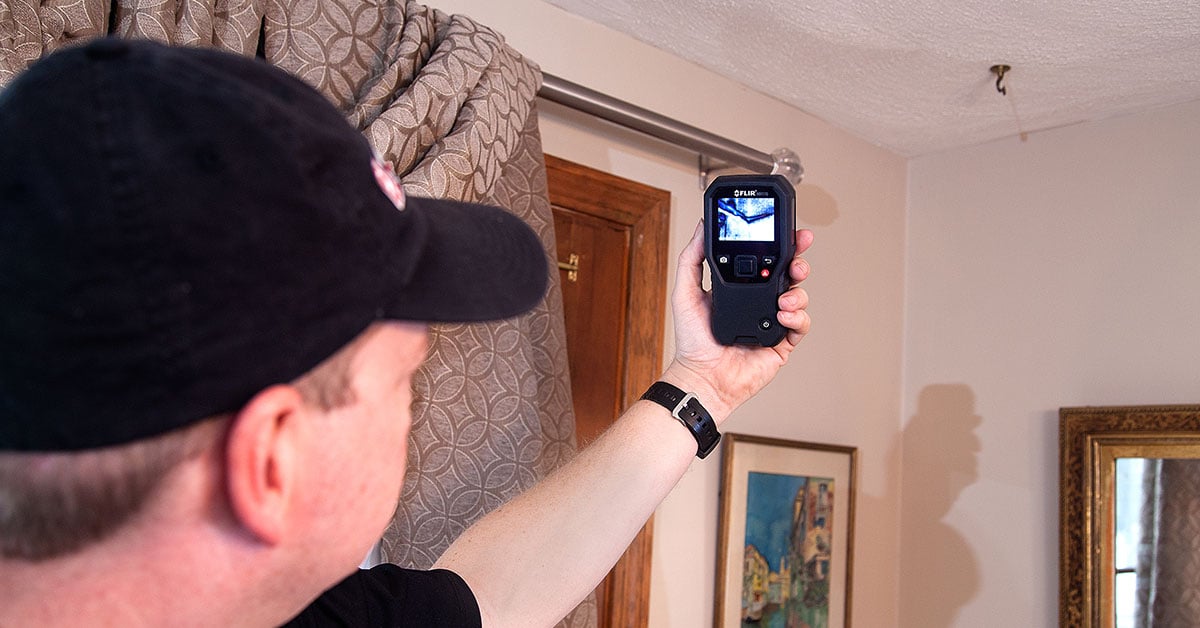Do you find yourself on the lookout for facts about Leaking water lines?

Early discovery of leaking water lines can alleviate a potential disaster. In addition to conserving you money, it will lessen the aggravation as well as frustration. The moment you find a leakage, calling your plumber for fixings is the best solution. Some tiny water leaks may not be noticeable. If you can not detect it with your nude eyes, right here are some hacks that help.
1. Take A Look At the Water Meter
Checking it is a guaranteed means that helps you find leakages. If it relocates, that shows a fast-moving leakage. This means you might have a sluggish leakage that could also be below ground.
2. Examine Water Intake
If you identify unexpected changes, despite your consumption being the same, it implies that you have leakages in your plumbing system. An abrupt spike in your expense suggests a fast-moving leakage.
A steady increase every month, even with the very same practices, shows you have a slow-moving leakage that's likewise gradually escalating. Call a plumber to thoroughly examine your home, particularly if you feel a warm location on your flooring with piping underneath.
3. Do a Food Coloring Test
When it comes to water consumption, 30% comes from commodes. Test to see if they are running correctly. Drop specks of food shade in the container as well as wait 10 mins. If the color in some way infiltrates your bowl during that time without flushing, there's a leakage between the container and dish.
4. Asses Exterior Lines
Do not neglect to inspect your outdoor water lines as well. Examination spigots by affixing a garden tube. Ought to water permeate out of the connection, you have a loose rubber gasket. Change this and make sure all links are tight. It will certainly aid get it expertly checked out as well as kept yearly if you've got a lawn sprinkler system. One little leakage can waste tons of water as well as increase your water bill.
5. Inspect and Evaluate the Circumstance
Homeowners should make it a practice to check under the sink counters as well as even inside cabinets for any bad odor or mold growth. These two red flags indicate a leak so prompt attention is called for. Doing routine inspections, also bi-annually, can save you from a major trouble.
Check for discolorations as well as compromising as the majority of appliances as well as pipes have a life span. If you suspect dripping water lines in your plumbing system, don't wait for it to intensify.
Early discovery of leaking water lines can minimize a potential calamity. Some tiny water leakages might not be visible. Examining it is a surefire method that helps you find leakages. One tiny leakage can lose heaps of water and increase your water expense.
If you think leaking water lines in your plumbing system, don't wait for it to rise.
WARNING SIGNS OF WATER LEAKAGE BEHIND THE WALL
PERSISTENT MUSTY ODORS
As water slowly drips from a leaky pipe inside the wall, flooring and sheetrock stay damp and develop an odor similar to wet cardboard. It generates a musty smell that can help you find hidden leaks.
MOLD IN UNUSUAL AREAS
Mold usually grows in wet areas like kitchens, baths and laundry rooms. If you spot the stuff on walls or baseboards in other rooms of the house, it’s a good indicator of undetected water leaks.
STAINS THAT GROW
When mold thrives around a leaky pipe, it sometimes takes hold on the inside surface of the affected wall. A growing stain on otherwise clean sheetrock is often your sign of a hidden plumbing problem.
PEELING OR BUBBLING WALLPAPER / PAINT
This clue is easy to miss in rooms that don’t get much use. When you see wallpaper separating along seams or paint bubbling or flaking off the wall, blame sheetrock that stays wet because of an undetected leak.
BUCKLED CEILINGS AND STAINED FLOORS
If ceilings or floors in bathrooms, kitchens or laundry areas develop structural problems, don’t rule out constant damp inside the walls. Wet sheetrock can affect adjacent framing, flooring and ceilings.
https://www.servicemasterbyzaba.com/blog/how-to-detect-water-leakage-in-walls/

As a fervent person who reads on Top leak detection hacks, I assumed sharing that article post was a smart idea. Liked our write up? Please share it. Let someone else find it. Kudos for your time. Kindly come by our site back soon.